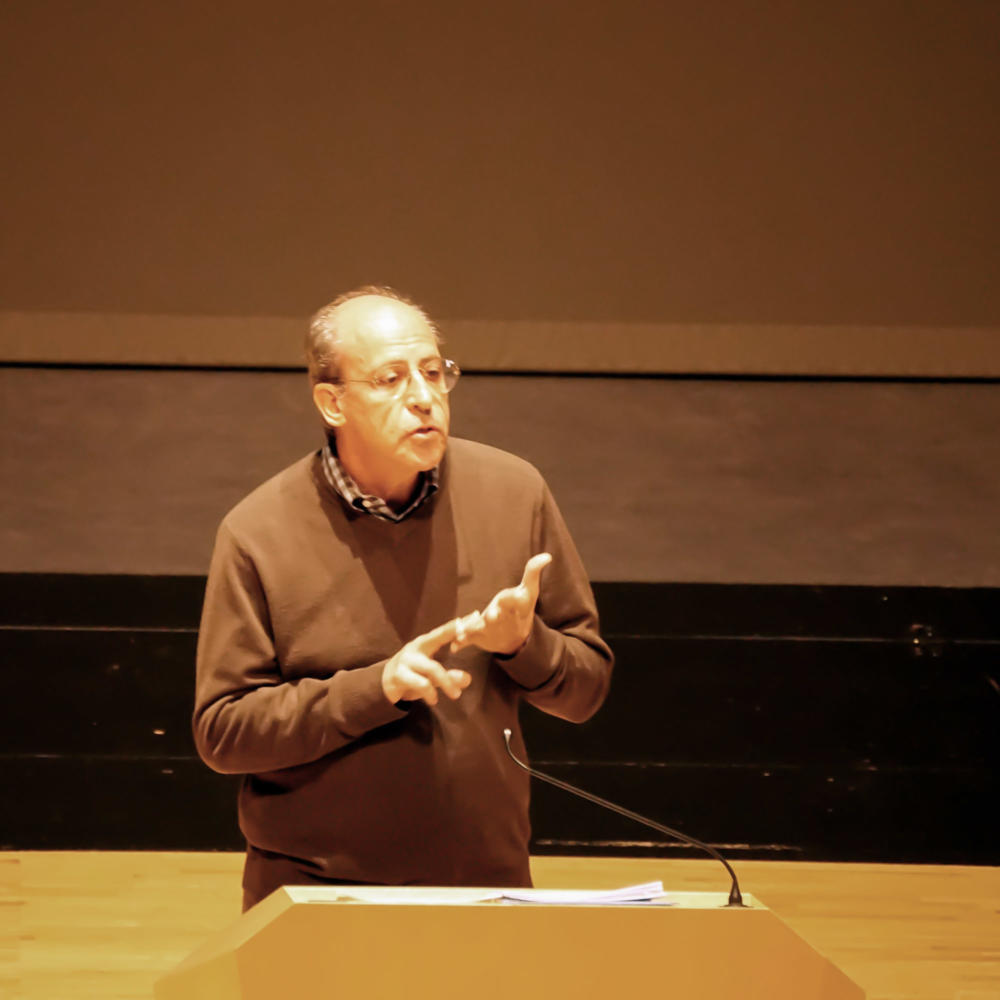Internalizing anthroposophy is the foundation, not the goal
The effectiveness of the anthroposophical work relies on a spiritual impulse and the study of anthroposophy, which was not given to a specific group but is available to everyone. The following are extracts from Alejandro Ranovsky’s contribution to this year’s Annual Conference at the Goetheanum.
What is the advantage of being so far away, in Argentina? It forces people to become creative. There is also the distance in time: it is a hundred years since the first Waldorf School was founded. It is a treasure that has been given to us. We can hide this treasure and give it back unchanged, or we can make it fertile so that it grows into something bigger than what we received.
How can we keep the Waldorf movement alive and fruitful today, in whatever context? Keeping something means «preserving» it, but the movement needs constant interaction with the world around it, which is itself constantly changing and being changed. What do we need to preserve and what do we need to change in order to keep the anthroposophical impulse alive? The spiritual impulse has to remain spiritual; it cannot be changed. The historical and local conditions, on the other hand, are no longer valid today.
For every child
We see Rudolf Steiner’s creative gesture in 1919, when he was active out of the social situation then. This gesture needs to be nurtured and preserved. And yet, if we only ever imitated the first Waldorf School, we would end up with ever paler copies. In taking up this creative gesture, we must, according to Rudolf Steiner, enter into dialogue with the legal life, with the academic world and with the social reality. The first Waldorf School was founded for the children of workers; today we don’t necessarily find workers’ children in Waldorf Schools. We have to make sure that the improvement of the Waldorf School does not happen in a closed environment and that the spiritual impulse can be made fertile for every child.
In our work with Waldorf Education in Argentina we had three Achilles heels: in the cultural realm, our internal language was not suited to the scientific discourse. In our relation with the authorities, we had to keep asking for legal exceptions in order to retain our educational freedom. And at the social level, we have focused for decades on a particular – privileged, homogeneous – group and have therefore neglected other groups in the country. In short, we did not follow Rudolf Steiner’s threefolding impulse in all three spheres of society.
Adapting to the conditions
We sought to establish contact with the authorities and looked at the teacher training programmes with a view to complementing them with insights from anthroposophy so that these insights would become available to all teachers. We will, for instance, not insist on not teaching geometry to very young children because it is too intellectual but, if the state expects us to, we do it in an age-appropriate way.
The young teachers and the student teachers at our officially recognized Institute are keen to work out of anthroposophy. They do not find ideal situations but have to deal with the challenges they meet and shape their work accordingly. We hope that we can manage to come out of the niche of alternative education with this approach – because it is a niche of self-defence, where the treasure ends up being protected from contamination: a dangerous place of purity, perfection and stagnation.
When we pass this treasure on as a gift, however, it is not diluted but becomes the seed for cultural change and transformation. Studying and internalizing anthroposophy is not the goal but the foundation. The goal is in the future – and the future lies out there.
Disturbed incarnation
If you look at life, you will find that cases like the one I just described occur frequently, particularly in a time that is so materialistic. […] Something is caught within the individuality and cannot come out, because the other developmental stream was unable to unfold in the right way at the right time. […] The most horrible confusions happen when [the persons in question] don’t have the organ for developing primarily their good dispositions in their present incarnation. They might feel it as a relief that these ‹I›-dispositions destroy, tear apart, the protective membrane in order to create better possibilities for its development in a later incarnation. […] We will not always see it as radically expressed, but it occurs in something that is quite ubiquitous in our time: in inner moods of discontent, in hopelessness, in not knowing what to do with oneself, particularly between the ages of 14 or 15 and 21.
Rudolf Steiner, Source: GA 118, lecture of 30 January 1910. This passage was referred to during the Annual Conference in a contribution about children and adolescents who display violent behaviours

